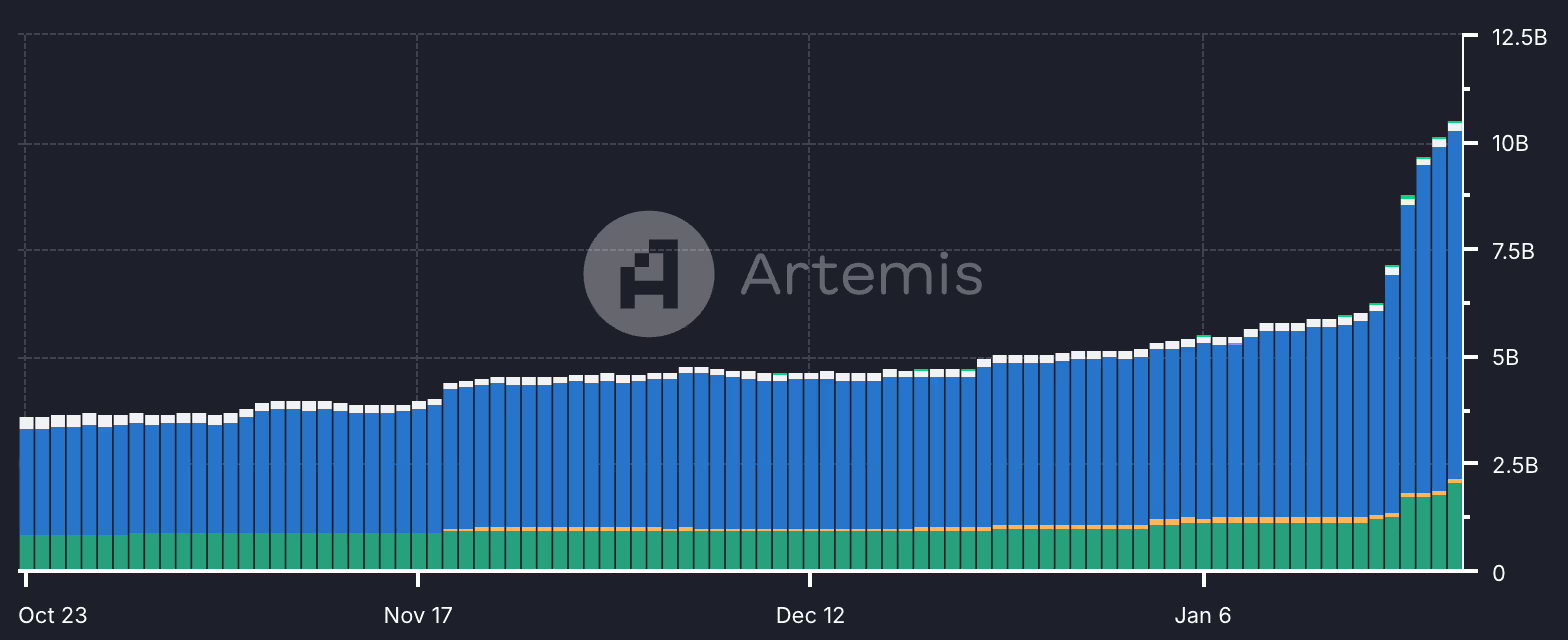What is Bitcoin? Understanding the First Cryptocurrency

Bitcoin, introduced in 2009 by the mysterious Satoshi Nakamoto, is the world’s first decentralized digital currency.
Bitcoin, introduced in 2009 by the mysterious Satoshi Nakamoto, is the world’s first decentralized digital currency. Unlike traditional fiat currencies like the U.S. Dollar, Bitcoin operates on a peer-to-peer (P2P) network, eliminating the need for intermediaries such as banks or payment services.
This revolutionary concept allows Bitcoin to transfer value across the globe without relying on centralized institutions. What makes Bitcoin unique is its use of a decentralized ledger, known as the blockchain, which is maintained by a network of nodes (computers) that work together to validate and record transactions.
Bitcoin's arrival was timely, emerging during the aftermath of the 2008 Global Financial Crisis. Nakamoto embedded a message in Bitcoin’s first block, known as the Genesis Block, referencing a headline from The Times about the UK government bailing out banks. This message highlights the core purpose of Bitcoin — to create a monetary system independent of traditional financial institutions.
Bitcoin’s value is derived from its limited supply, with only 21 million BTC ever to be mined. Its decentralized nature, driven by cryptographic proof and mining, ensures that it operates securely without the need for a central authority.
Bitcoin's core innovation lies in its ability to facilitate direct peer-to-peer transactions, providing an alternative to traditional banking systems.





